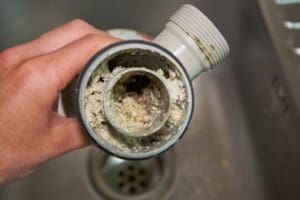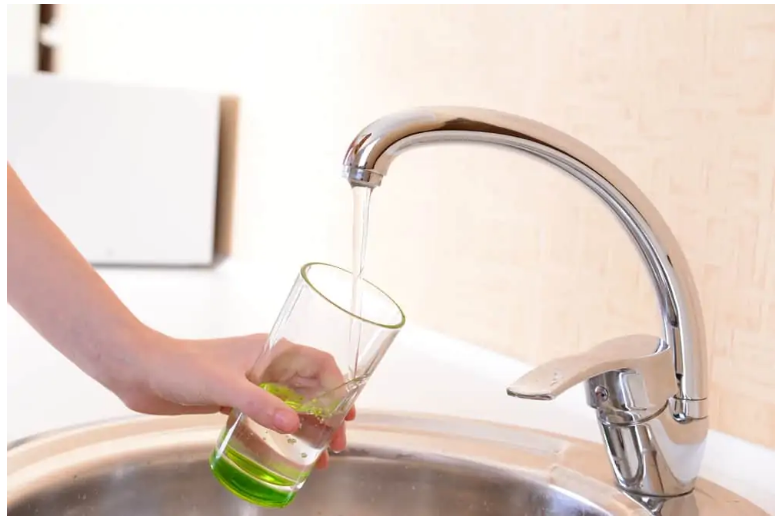Best Methods for Resolving Low Water Pressure in Your Home
Best Methods for Resolving Low Water Pressure in Your Home
Blog Article
Are you currently trying to locate resources about 4 Ways to Troubleshoot Low Water Pressure?

Low water stress in your house can be an aggravating trouble, influencing whatever from bathing to cleaning dishes. If you're experiencing weak water circulation, there are a number of feasible reasons and options to check out. In this overview, we'll review typical reasons for low water pressure and practical actions to resolve the problem effectively.
Introduction to Low Tide Stress
Low tide stress takes place when the flow of water from your faucets, showers, and various other components is weak than common. This can make everyday jobs extra difficult and less efficient. Comprehending the root causes of low water stress is vital to finding the best remedy.
Typical Sources Of Low Tide Pressure
Faulty Pressure Regulators
Stress regulatory authorities are in charge of maintaining consistent water stress in your house. If they malfunction, it can cause low tide pressure or unequal flow throughout your home.
Community Water System Issues
Occasionally, the issue lies outside your home. Municipal water supply problems, such as main line leaks or maintenance work, can momentarily minimize water pressure in your area.
Pipe Obstructions
Gradually, pipes can become clogged with mineral deposits, debris, or particles, limiting the circulation of water. This is a common concern in older homes with galvanized steel pipes.
Rust
Deterioration within pipes can bring about leaks and lowered water pressure. Rust buildup can restrict water flow, specifically in aging plumbing systems.
Exactly How to Detect Low Tide Stress
Evaluating Pipelines
Examine visible pipelines for indicators of leakages, corrosion, or blockages. Take note of any uncommon sounds, such as banging or rattling pipes, which can show problems within the plumbing system.
Consulting with a Plumber
If you're unable to pinpoint the reason for low tide pressure, take into consideration working with a specialist plumber to perform a complete examination. They can determine underlying issues and suggest proper services.
Inspecting Taps and Components
Begin by testing the water stress at various faucets and fixtures throughout your home. If the problem is separated to particular areas, it might indicate local issues.
DIY Solutions to Repair Low Water Stress
Flushing Hot Water Heater
Sediment build-up in the water heater can limit circulation and reduce performance. Purging the storage tank regularly helps eliminate debris and keep ideal efficiency.
Checking Stress Regulatory Authority
Guarantee that the pressure regulator is operating appropriately. Changing or changing the regulatory authority can assist restore correct water pressure throughout your home.
Cleansing Aerators and Showerheads
Mineral deposits can collect in aerators and showerheads, minimizing water flow. Remove and clean these components consistently to boost water stress.
Clearing Clogs in Pipeline
For minor blockages, try making use of a plumbing serpent or chemical drainpipe cleaner to clear blockages in pipes. Beware when making use of chemicals and comply with safety standards.
When to Call a Specialist Plumber
If DIY initiatives fail to deal with the problem or if you believe significant plumbing issues, it's best to seek aid from an accredited plumber. They have the knowledge and tools to resolve intricate concerns securely and effectively.
Safety Nets to Preserve Water Stress
Setting Up a Stress Booster
Consider installing a stress booster pump to boost water pressure in areas with constantly low circulation. This can be especially useful for multi-story homes or homes with high-demand components.
Monitoring Water Use
Bear in mind water use habits and stay clear of ill-using the plumbing system. Basic adjustments, such as shocking showers and laundry tons, can aid preserve ample water pressure.
Routine Maintenance
Arrange regular upkeep for your plumbing system to stop concerns such as deterioration, leakages, and blockages. Attending to small troubles early can assist stay clear of even more considerable repair services later.
Conclusion
Managing low tide stress can be frustrating, however identifying the underlying causes and carrying out proper options can bring back ideal flow throughout your home. Whether it's cleaning up aerators, evaluating pipes, or consulting with a plumber, taking positive steps can make sure a constant supply of water for your daily demands.
FOUR WAYS TO FIX LOW WATER PRESSURE NOW
Turning on a shower or faucet only to find the water comes out in a sad, slow drizzle is never a good feeling. How exactly are you supposed to wash a pan or take a quick shower when it takes 10 minutes just to rinse off a little soap? The good news is that when your water pressure is bad, there's always a cause: typically one that can be easily fixed. Here are some of the most common causes of low pressure and what you can do to fix the issue:
DEBRIS AND MINERAL DEPOSIT BUILDUPS
If you notice low water pressure from just one or two of the fixtures in your house, the problem likely has to do with debris buildup. Water is full of minerals and other debris, all of which can accumulate in your pipes and on your fixtures. This can cause a blockage that affects how much water flows through. To fix this, try filling a small plastic bag with white vinegar, and use a rubber band to hang it around your showerhead or faucet. Let the head of the fixture soak for a few hours, and the vinegar should loosen the deposits.
WATER LEAKS
Leaks are another common cause of low water pressure. If water is flowing out of your plumbing through a hole or crack before it can reach your fixture, the pressure coming out of the faucet or showerhead will be lower. A plumbing professional is your best bet for finding and repairing a leak in your water supply pipes.
Leaks are another common cause of low water pressure. If water is flowing out of your plumbing through a hole or crack before it can reach your fixture, the pressure coming out of the faucet or showerhead will be lower. A plumbing professional is your best bet for finding and repairing a leak in your water supply pipes.
A VALVE ISSUE
If you have low water pressure throughout your home, check your main shut-off valve to make sure it's completely open. You may also want to see if there's a pressure-reducing valve installed. If there is, have a plumber help you adjust the settings to get the pressure you're looking for.
OTHERS USING WATER
Believe it or not, your low water pressure could be caused by your neighbors. If you notice low pressure at certain times of day, it may be because you and the people living next to you have similar schedules - when everyone is showering at the same time, the pressure will be lower in every home. Low pressure throughout the neighborhood may also be caused by an issue with your municipal water supply. If that's the case, call the supplier to see if they're working on the issue.
https://www.rotorooter.com/blog/water-leaking/low-water-pressure-fixes/

I found that blog posting about when looking around the internet. Sharing is nice. You just don't know, you may very well be doing someone a favor. Thank you so much for your time spent reading it.
Call Today Report this page